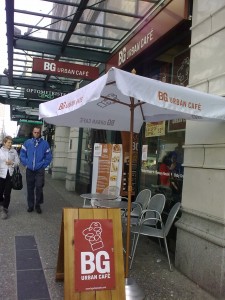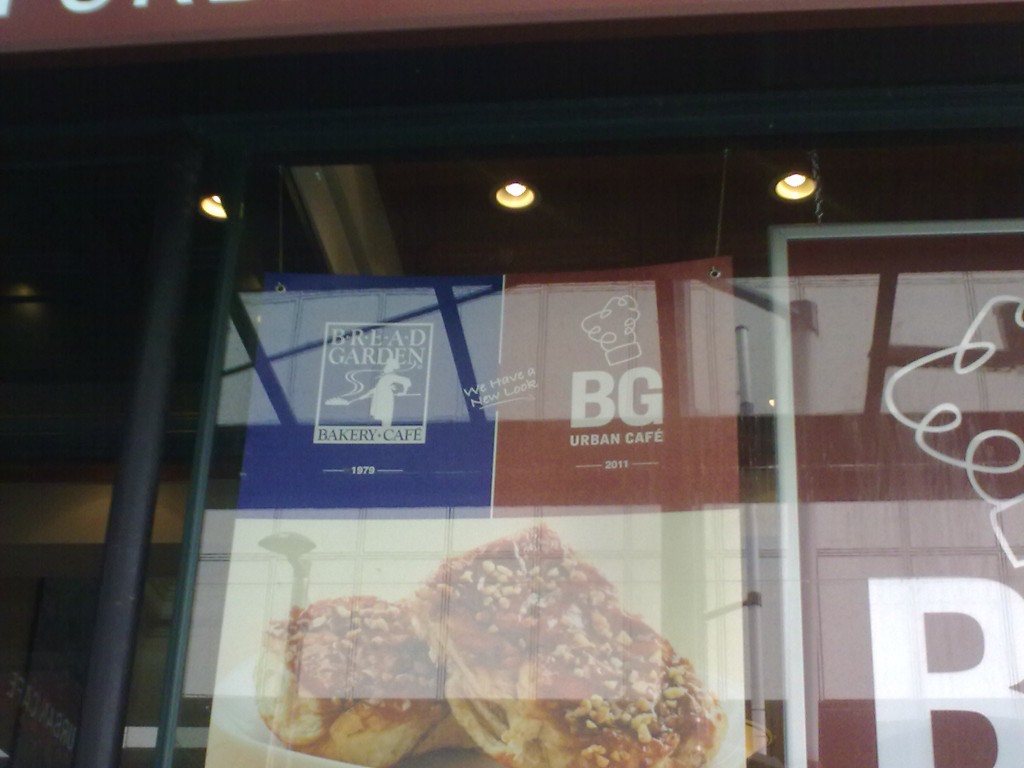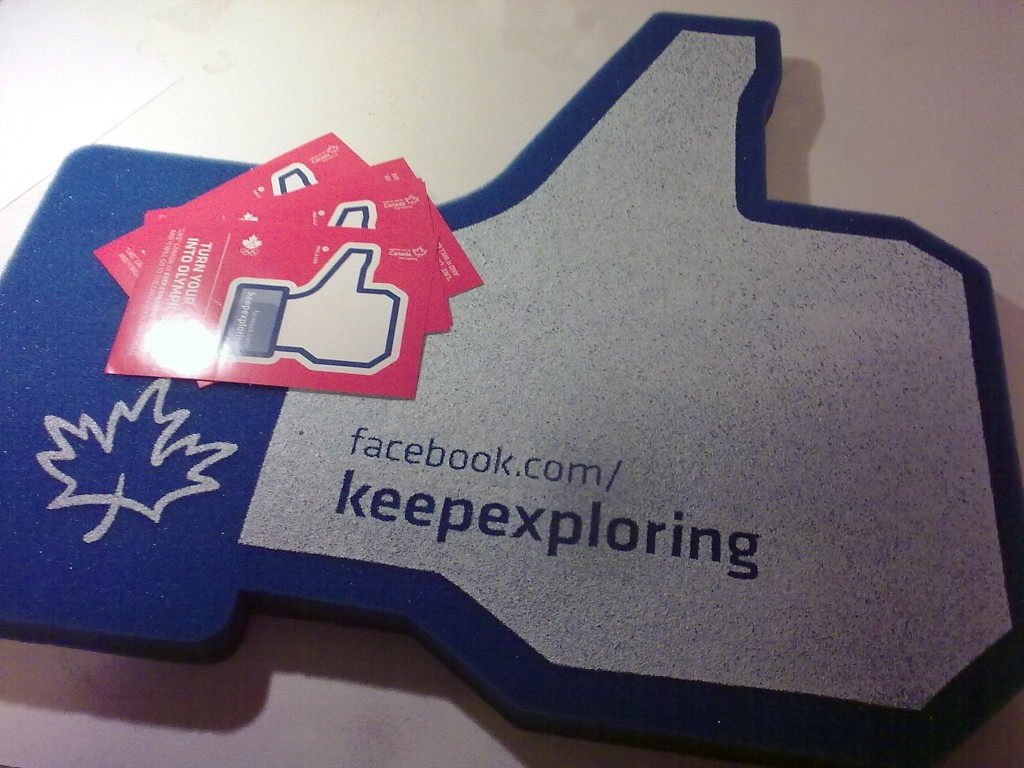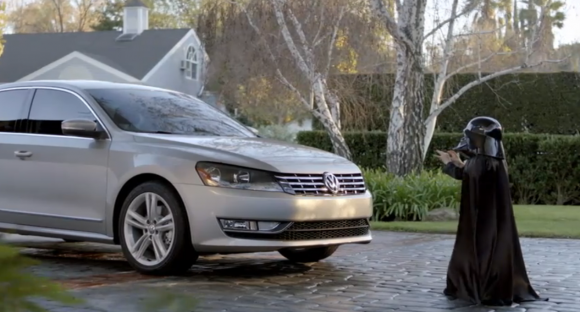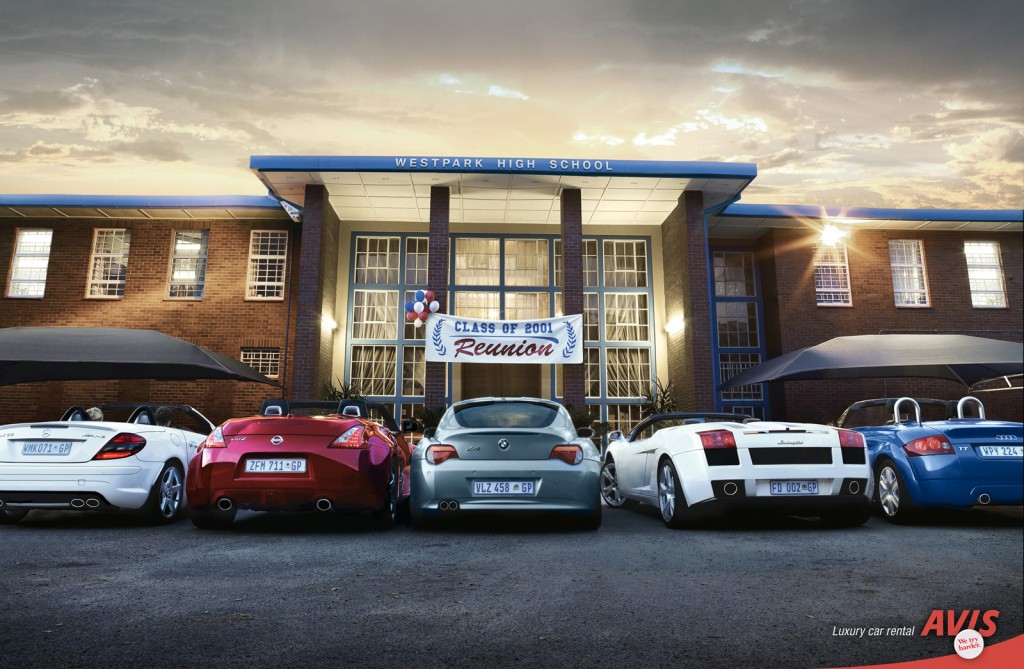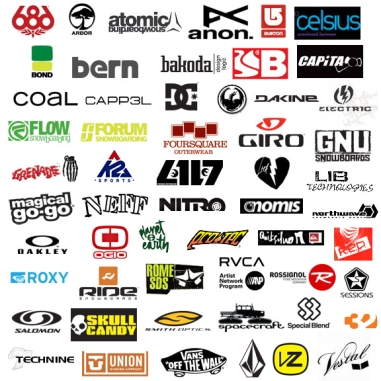I feel like one of my favourite things to blog about happens to be brand management and how a company needs to treat it’s customers well no matter the monetary cost.
In light of the horrific Japanese earthquake and subsequent tsunami, Softbank’s CEO Masayoshi Son offered free phones to earthquake orphans among other things. For those who are unfamiliar with this company, Softbank is one of Japan’s largest mobile company, they are very popular with the general population.

Masayoshi Son, after visiting Tamura, a city heavily affected by the nuclear disaster, announced that Softbank will provide job positions and help relocate citizens in the city. They will also cover a year’s worth of living expenses, including commute and food. Softbank is also using their existing promotional campaign site to organize requests for emergency supplies.
Finally, in another use of social media, one of Masayoshi Son’s followers suggested that Softbank should provide orphaned children with free phone credits in order to contact their friends and relatives. Masayoshi Son retweeted this idea and announced that the children will receive free phones and call costs will be waived until they are 18 years old.
It’s amazing to see this outpouring of compassion, especially from someone as high up as a CEO of a large corporation. Most wealthy individuals tend to just write a cheque and forget about the matter completely. However Son did the extra mile and offered something that will allow suffering individuals the ability to contact friends and receive help. Not only does this reflect positively on the company and brand as a whole, those children are likely to become lifelong advocates of Softbank. And although marketing is far, far from anyone’s mind in this situation and building customer loyalty is most likely not the ultimate goal, it just goes to show that when a compassionate individual does something good for the society, their actions can speak for themselves.
This is an amazing example of using social media and genuine goodwill to help others.

